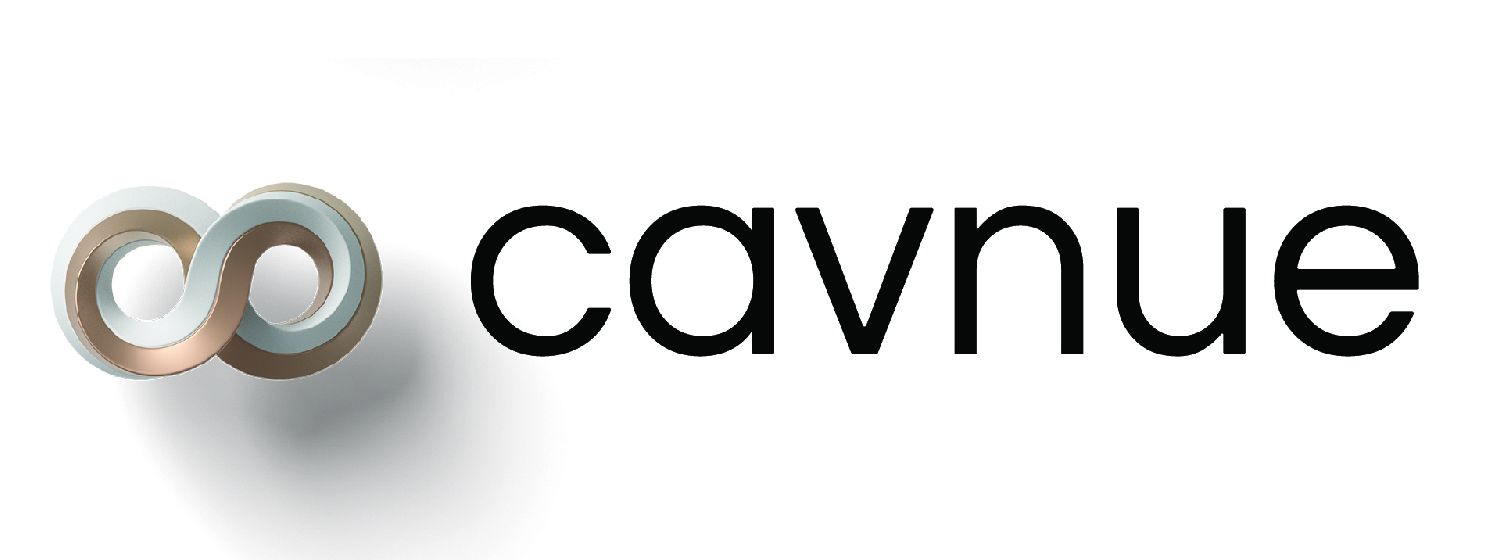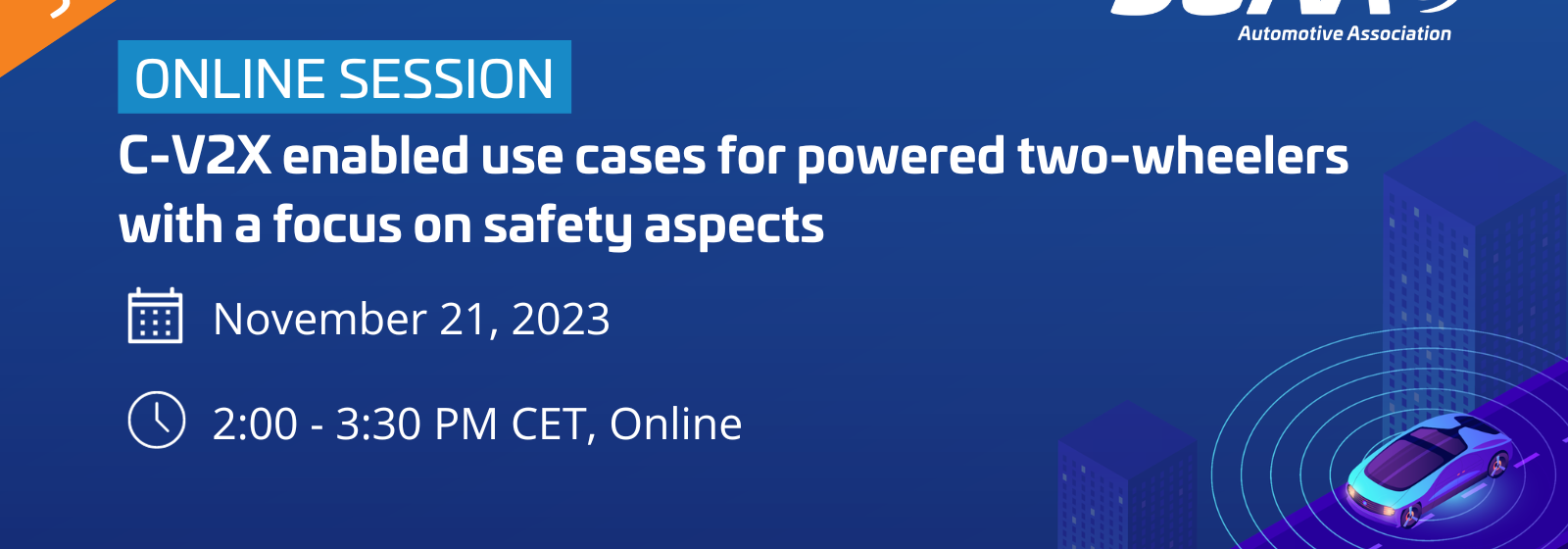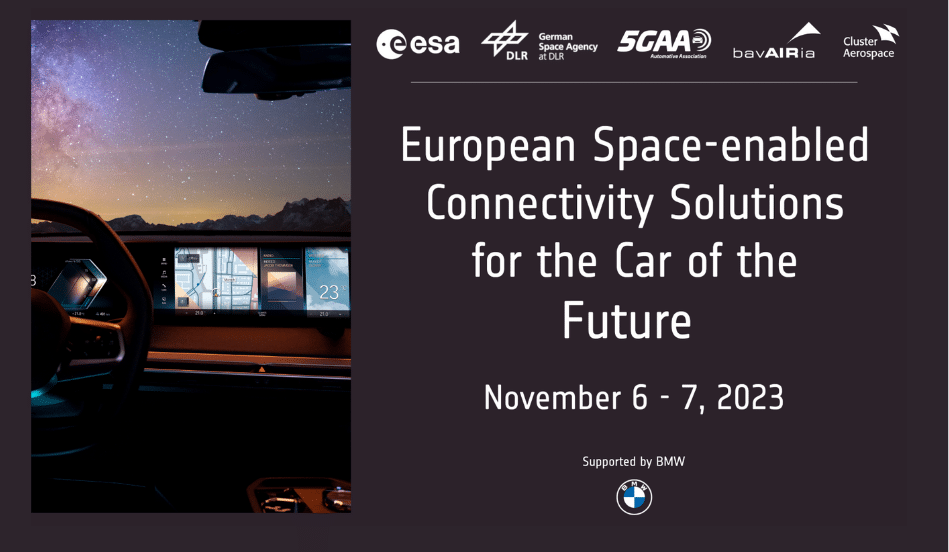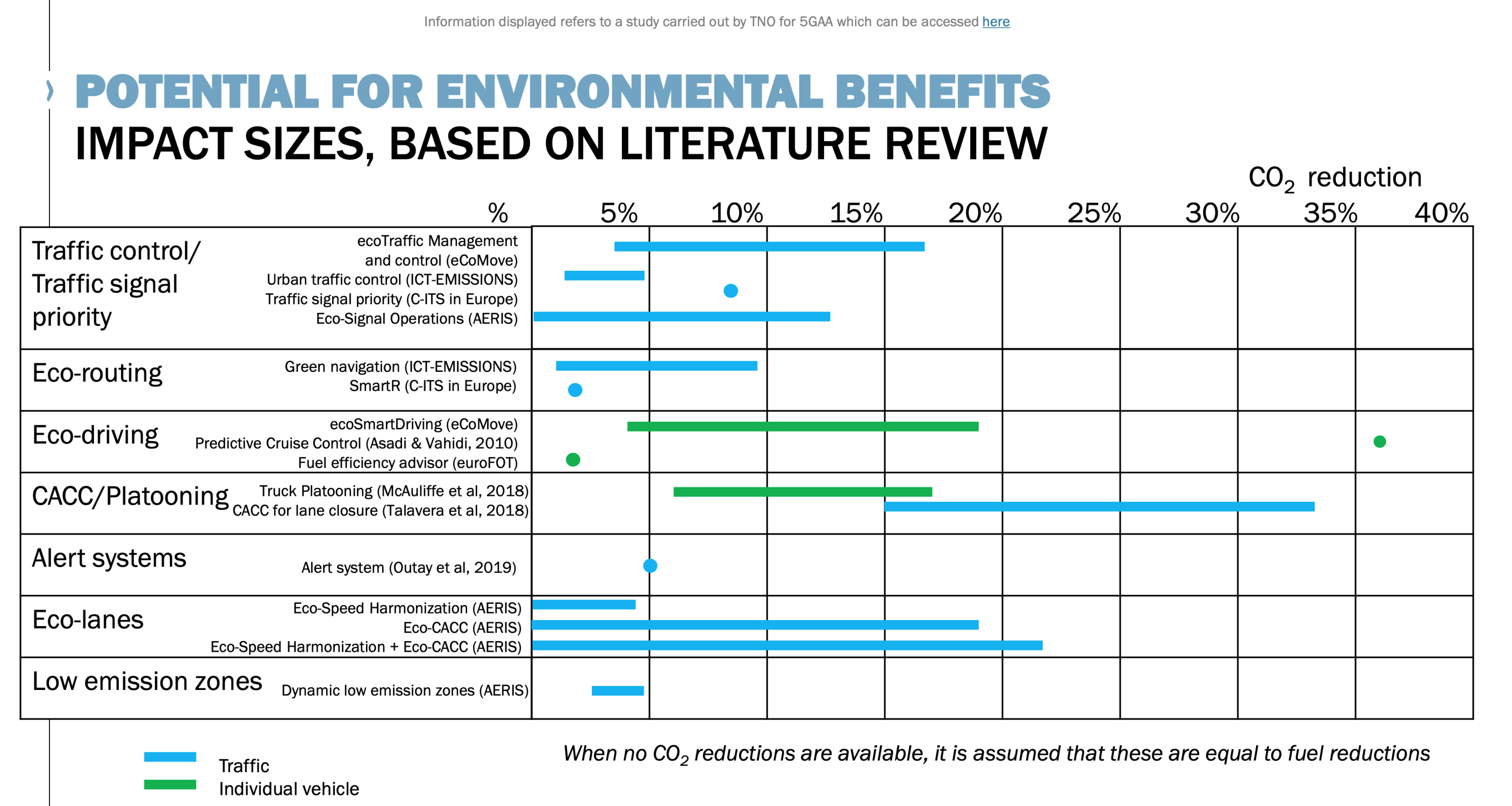
CES Space-Based Connectivity track
Stay tuned for more information on 5GAA participation at the next CES event in Las Vegas. Further details will be unveiled soon.

Berlin real-world use cases demonstrate game-changing C-V2X technology
On 25 October 2024 , the 5G Automotive Association (5GAA) demonstrated the latest innovations in the Cellular Vehicle-to-Everything (C-V2X) technology family to help achieve “Vision Zero” for all road users. The demonstrations illustrated the potential of 5G-V2X to enable new use cases integrated across multiple automakers, service providers, and mobile network operators.
For the very first time, 5GAA demonstrated 5G-V2X Direct technology integration in Audi and BMW vehicles with the support of 5GAA members Autotalks, Bosch, Commsignia, and Fraunhofer FOKUS. This demonstration illustrated how technology can alert drivers about pedestrians and cyclists even before they can see them, leveraging sensors and a camera feed from other vehicles. The demonstrations showed the high bandwidth and low latency performance characteristics of 5G-V2X Direct using ETSI Release 2 messages.
5GAA members Bosch, Commsignia, Deutsche Telekom, Ericsson, Keysight Technologies, LG Electronics, Mercedes-Benz and Vodafone, and the Coalition for Cyclist Safety, showcased ready-to-deploy, interoperable applications to increase awareness of vulnerable road users and emergency vehicles on public roads in central Berlin. Safety awareness alerts were delivered via 4G and 5G networks with low latency thanks to Multi-Access-Edge Computing and precise positioning, as verified by Anritsu’s performance measurements. ETSI-standardised messages were shared in real time between apps from various service providers.
“In Germany and across Europe, the ecosystem is ready to leverage the tens of millions of vehicles already connected via mobile networks and is now geared for the 2nd generation technology with 5G-V2X including direct communications,” said 5GAA Chairman Christoph Voigt.
Autotalks and Bosch, together with Commsignia, demonstrated the benefits of collective perception related to vulnerable road users. Ettifos, Keysight Technologies, Rohde & Schwarz and SEA Datentechnik also exhibited 5G-V2X Direct interoperability and conformity solutions and radio performance verification.
To show that C-V2X is about both safety and efficiency, Audi, supported by Commsignia and Autotalks, demonstrated a use case for “cooperative parking” based on 5G-V2X Direct.
In line with 5GAA’s Visionary 2030 Roadmap, 5G is continuously being deployed in many car models and 5G-V2X Direct is expected to be mass-deployed in commercial vehicle models as early as 2026. This week’s event underlined the continuous commitment of major European automakers to 5G-V2X following 5GAA’s Open Statement[1] in 2023.
For more information, watch the video below.

CAVNUE

Connected mobility
C-V2X in action
Immerse yourself in the possibilities
The C-V2X technology revolutionises the mobility ecosystem and how drivers interact with the world. It is essential to redefine transportation by providing real-time, highly reliable, and actionable information flows to enable safety, mobility and environmental applications.
5GAA established C-V2X as the critical technology to achieve the level of connectivity required for V2X communication and to be a disruptive force in the automotive market.
C-V2X Testing and Deployment
Following extensive validation testing, off-the-shelf LTE-V2X chipsets, modules, On-Board Units (OBU) and RSU (Roadside Units) have been globally available from multiple vendors since 2018.
These devices feature LTE-V2X direct communications (PC5) and LTE-V2X mobile network communications (Uu). The latest generation of devices features 5G-V2X mobile network communications (Uu) based on 3GPP Release 15.
5GAA regularly compiles an overview of the C-V2X Devices, which we understand are already publicly available on the market (the latest issue in November 2021). This overview is based on publicly available information and does not necessarily include factory-fit telematics/V2X boxes directly under contract with automakers.
The start of in-vehicle commercial deployment (i.e. type-approved vehicles) has begun in 2020-2021. A significant testing schedule is already underway for 5G-V2X, the next generation for cellular technology-based communications solutions, with more than 20 trials and early deployments globally.

Sustainability benefits of C-V2X
Cellular Vehicle-to-Everything, or C-V2X, communications will make transportation not only safer and smarter but also more sustainable.
Sustainability has three dimensions: environmental, social and economic.
- Environmental: By helping to make every trip smarter, safer and more efficient, C-V2X helps reduce congestion and accidents, thereby reducing air pollution, noise pollution and energy use.
- Social: Saving lives and avoiding injuries are clear social benefits. By enabling real-time communication between pedestrians, cyclists, traffic infrastructure and moving vehicles, including motorcycles and electric scooters, C-V2X will help avoid accidents that otherwise would result in injuries and deaths.
- Economic: By enabling more efficient mobility, C-V2X will save people and employers billions of man-hours currently wasted in traffic jams. Those man-hours can then be dedicated to more rewarding activities.
C-V2X also enables the growth of autonomous mobility, which in turn offers even greater sustainability benefits, for example mobility-as-a-service offerings.
To learn more, watch the short video.

5GAA online session on C-V2X enabled use cases for powered two-wheelers with a focus on safety aspects
The 5G Automotive Association is pleased to invite you to our online session on the “C-V2X enabled use cases for powered two-wheelers with a focus on safety aspects.”
Following the recent publication of a technical report on the Connected Powered Two-Wheelers (CPTW) Work Item, the 5G Automotive Association together with the Connected Motorcycle Consortium (CMC) is hosting an online session on Tuesday, 21 November, from 14:00 to 15:30 PM (CET).
The session will be led by Ehsan Moradi Pari (Honda), Matthias Moerbe (Bosch), and Thomas Jaeger (DEKRA) on the 5GAA side, and CMC experts around Hennes Fischer (Yamaha), Alina Kuttler (KTM) and Dennis Gerber (BMW) who were involved in this Work Item. The speakers will present the highlights of the CPTW technical report on C-V2X-enabled powered two-wheeler use cases, mainly focusing on safety aspects.

Connected Mobility
Sustainability
Sustainability benefits of C-V2X
Cellular Vehicle-to-Everything, or C-V2X, communications will make transportation not only safer and smarter but also more sustainable.
Sustainability has three dimensions: environmental, social and economic.
C-V2X ticks all three boxes:
- Environmental: By helping to make every trip smarter, safer and more efficient, C-V2X helps reduce congestion and accidents, thereby reducing air pollution, noise pollution and energy use.
- Social: Saving lives and avoiding injuries are clear social benefits. By enabling real-time communication between pedestrians, cyclists, traffic infrastructure and moving vehicles, including motorcycles and electric scooters, C-V2X will help avoid accidents that otherwise would result in injuries and deaths.
- Economic: By enabling more efficient mobility, C-V2X will save people and employers billions of man-hours currently wasted in traffic jams. Those man-hours can then be dedicated to more rewarding activities.
C-V2X also enables the growth of autonomous mobility, which in turn offers even greater sustainability benefits, for example mobility-as-a-service offerings.
To learn more, watch the short video or scroll down for more details.
C-V2X and Sustainability in detail
ENVIRONMENTAL BENEFITS

- Transport still represents about 25% of Europe’s total CO2 emissions. By helping to make every trip smarter, safer and more efficient, C-V2X helpsreduce congestion and accidents, thereby reducing energy use, noise pollution and air pollution.
- C-V2X can help all vehicles operate and deliver people and goods more efficiently, thereby reducing pollution and optimizing the use of valuable energy resources.
- INRIX calculated that each second of reduced delays at traffic signals across the United States would translate to an annual reduction of 800,000 metric tons of CO2.
- Connected vehicle technology can help electric cars calculate an energy-optimised route to a charging station that’s not necessarily the fastest or nearest but requires the least energy to reach.
- Examples of environmental benefits enabled by C-V2X technologies include:
- Current technology permitting smarter routing for all vehicles in both urban and rural areas, for example via automated traffic routing, road, bridge, tunnel and parking availability updates and smart parking.
- Future technology permitting “green waves” for emergency vehicles, cars, trucks, lorries and other vehicles instead of stop-and-go traffic.
- Future technology facilitating manoeuvres and cooperation in traffic.
- For more detailed information, please see TNO’s report for 5GAA on the Environmental Benefits of C-V2X.
SOCIAL BENEFITS

- By enabling real-time communication between pedestrians, cyclists, traffic infrastructure and moving vehicles, including motorcycles, C-V2X will help avoid accidents that otherwise would result in injuries and deaths.
- According to the World Health Organisation, there were 1.35 million traffic deaths globally in 2016, the latest year for which global data are available. Road traffic deaths are a leading cause of death among young people, in particular.
- In the European Union, there were about 20,608 road deaths in 2023, or about 46 road deaths per million inhabitants.
- In the United States, an estimated 40,990 people died in road accidents in 2023. The United States Department of Transportation has set an ambitious goal of zero traffic deaths, in part by leveraging advanced technologies to prevent accidents in the first place.
- It says: “The U.S. Department of Transportation’s National Roadway Safety Strategy specifies that zero is the only acceptable number of deaths and serious injuries on our roadways. USDOT is committed to taking substantial, comprehensive action to achieve this goal.”
- By providing real-time hazard notifications and enabling connected cooperative driving, C-V2X makes transportation safer for all road users, including cyclists. As C-V2X makes the roads safer, more people may feel confident in choosing cycling as their primary mode of transportation.
- A U.S. DOT pilot study demonstrated that C-V2X technology can prevent accidents and injury for vulnerable road users.
- Green waves and corridors for emergency vehicles can help save lives and reduce injuries, allowing people to lead longer, healthier and more fulfilling lives.
- Response times are critical for emergency vehicles and first responders to save lives. A 2020 study showed that “green waves” at traffic lights could reduce response times by as much as 30% with little impact on overall traffic conditions.
- By enabling more efficient mobility, C-V2X will save commuters billions of man-hours currently wasted in stressful traffic jams.Those man-hours can be dedicated to more enjoyable and rewarding activities such as doing sports, hobbies, volunteering, education or spending time with friends and family.
- In Europe, the average driver in some cities loses more than 150 hours per year stuck in traffic jams.
- Americans lost as much as 3.4 billion hours in traffic in total in 2021.
- C-V2X helps connect other modes of transport with one another to facilitate a real multi-modal transportation system.
ECONOMIC BENEFITS

- By enabling automated driving and mobility as a service, C-V2X will help create new products and services that help drive more sustainable economic growth.
- For example, anonymous data collected through C-V2X can help governments and policymakers develop more effective infrastructure maintenance programmes and traffic plans.
- By enabling more efficient mobility, C-V2X will save employers and entrepreneurs billions of man-hours currently wasted in traffic jams.Those man-hours can then be dedicated to more rewarding activities.
- For commercial vehicles, C-V2X can help optimise delivery routes and schedules and reduce the number of empty or partially loaded trips. Efficient route management reduces energy use and pollution.
- The deployment of C-V2X technologies in vehicles can increase demand for 5G and future networks, each of which will be more energy-efficient than the technologies they replace.
Want to learn more?
If you want to learn more about the timeline for the introduction of next-generation C-V2X communications technologies, including those with clear environmental benefits, please see our latest C-V2X technology Roadmap here.

Ranix

Contact
Get in touch
"*" indicates required fields

European Space-enabled Connectivity Solutions for the Car of the Future
Together with ESA, and the German Space Agency at DLR, 5GAA (5G Automotive Association), will host the ‘European Space-enabled Connectivity Solutions for the Car of the Future’ Workshop in Munich on November 6 and 7, 2023. The workshop is all about satellite solutions for the digital transformation of the automotive sector. Find out more here.









